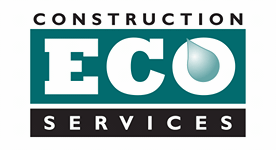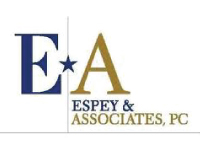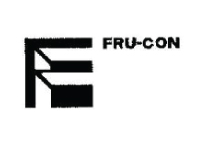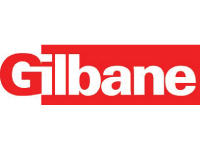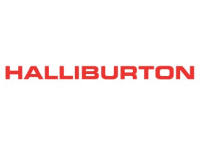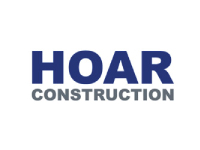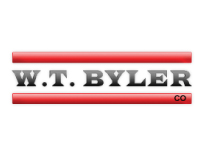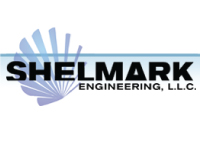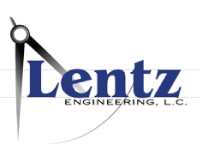Feature Permit Compliance for HOAs
As the association responsible for the well-being of your community, we know you have a long list of things to worry about and to do in order to keep your community safe and thriving. Managing all the rules and regulations concerning your community’s stormwater responsibilities, as well as managing the stormwater features themselves that are within your community may not be concerns high on your list. Nevertheless, the EPA down to local municipal agencies have put those rules and regulations in place in order to protect the environment, as well as life and property “downstream”.
Unfortunately, even if the most extensive stormwater systems are in place, we won’t be able to stop damage coming from the likes of a Hurricane Harvey, but we can certainly mitigate damage and quite possibly stop all flood damage from those smaller storms that are still causing havoc. How? By keeping the stormwater features that are in place today working properly.
Look at the picture to the right. That filter would be lucky to clock in at operating at even 50% of its intended filtration capabilities. Even a small storm would likely overwhelm that filter, causing it to back water up. Where does that backed up water go? It will go up to the streets, then up driveways, then into homes and businesses. This being something completely avoidable by just keeping up with the required maintenance set forth in the Stormwater Quality Management Plan this feature is included in – a simple bi-annual clean out.
Yes, it’s yet another bill for the community and another thing to deal with, but doing so will keep your community compliant with the EPA and local agency regulations (thus, avoiding fines and late fees), as well as mitatages the risk of damage to your community’s homes or life and property downstream from you.
A Few Ways We Can Help You Today
- We can provide consulting concerning your stormwater features, just give us a call.
- Is there a problem with one of your detention ponds? We repair and replace pumps.
- Get a FREE initial inspection and assessment of your property’s stormwater features
- Get your feature’s permit renewed
- We can provide services to keep your feature(s) compliance year around
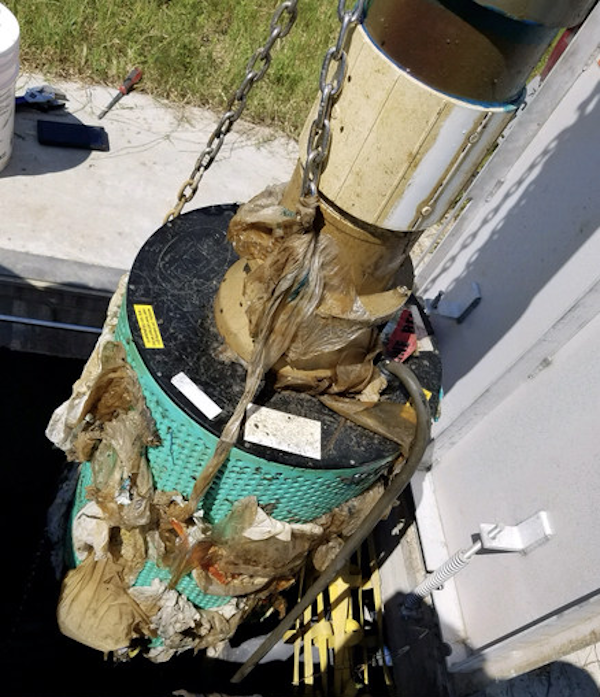
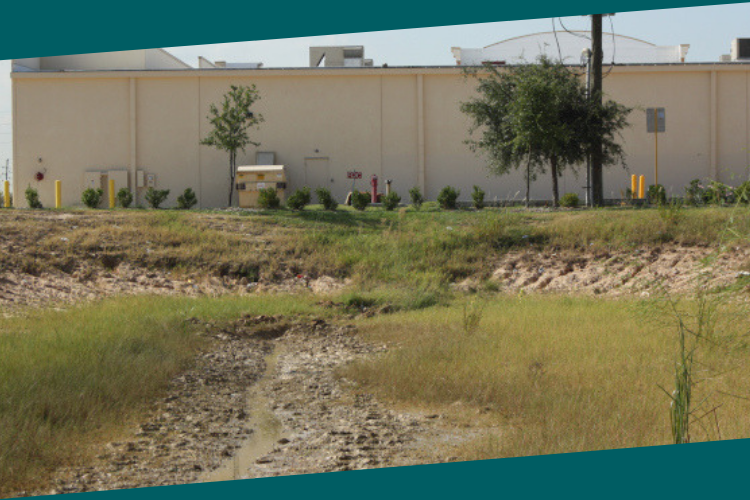
FEATURED SERVICE
Pond Remediation
Our approach is to think beyond an initial stand of grass, as we feel it is the best interest to the property owner that a proper solution should be slope stabilization and turf establishment that is sustainable. This can certainly be achieved, but requires some investigation and planning. And while somewhat more costly, a more holistic approach to stabilization challenges can consistently yield an outcome that enhances property value and is more environmentally responsible.
START A PROJECT
If achieving the highest level of compliance while reducing risk and lowering costs is important to you, then let’s work together. We provide full turnkey stormwater management consulting and solutions. All field crew are OSHA 30 certified. Tell us about your project.
WHY CONSTRUCTION ECOSERVICES?
We will focus on your success by providing the most appropriate, cost-effective, and innovative solutions. With a 16-year history of problem solving and solution customizing, we feel our experience and expertise is the fundamental “product” we can provide you.
THE WHY!
Why Choose Us?
Established in 2002, we provide our clients a proven, systematic approach and a reliable experienced team that can take all compliance logistical burdens off your shoulders. What could make your life simpler? One call. One point of contact. New project launches simplified. Compliance simplified. Compliance assured.
Other key reasons to choose us:
- We provide the most appropriate, cost-effective, and innovative solutions
- Our experience and expertise is the fundamental “product” our clients buy
- We focus on our customer’s success
- Our high degree of integrity
- Our ability to customize and problem solve
- All our field crew are OSHA 30
- We are agents of stormwater change
If achieving the highest level of compliance while reducing risk and lowering costs is important to you, then let’s work together. We provide full turnkey stormwater management consulting and solutions. All field crew are OSHA 30 certified.
Tell us about your project and get a quick quote.
Stormwater: Why Care?
Stormwater management may seem like a relatively new industry, but it has actually been around since the Roman times. They knew, even back then, that managing stormwater runoff was a key issue to urban living. With poor stormwater management, both flooding and disease constantly wreaked havoc in ancient cities.
Not much has changed since then, except now, with more and more of the earth being covered over with cement and other impervious surfaces, the negative effects of poor stormwater management have increased exponentially. Our natural water supplies are at risk due to pollution and their lack of ability to recharge. The flowing of our waterways are at risk from erosion, sediment build up, and trash. And, our marine life is at risk, from all the chemicals finding their way into bodies of water.
Some may see stormwater management as just another unnecessary and unwanted cost to construction projects or property ownership and management. But, understanding the negative effects that poor or no stormwater management is causing should be a concern to us all. It affects where we live and play. It affects our marine-based food supply. It affects our dwindling water supply.
We care. It is why we do what we do.
Why LID/GSI?
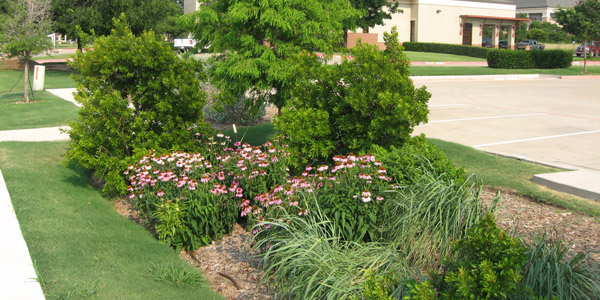
While the rest of the country focused on treating one inch of rainfall, we were pushing the limits and learning how to manage the largest storms by using Low Impact Development (LID) / Green Stormwater Infrastructure (GSI) solutions. We believed that if we could develop LID / GSI solutions in a place like Houston Texas, we could make them work anywhere.
Not only have we succeeded, but we have the the data, the case studies, and the experiences to prove it.
Since 2005, the team at Construction EcoServices and it’s partners around the country have dedicated their work to both the big discoveries and the small, that have drastically improved the performance and reliability of Low Impact Development. Collectively, they have been compiled here on this site, so that you may take advantage of the knowledge that has come from our success and failures.
